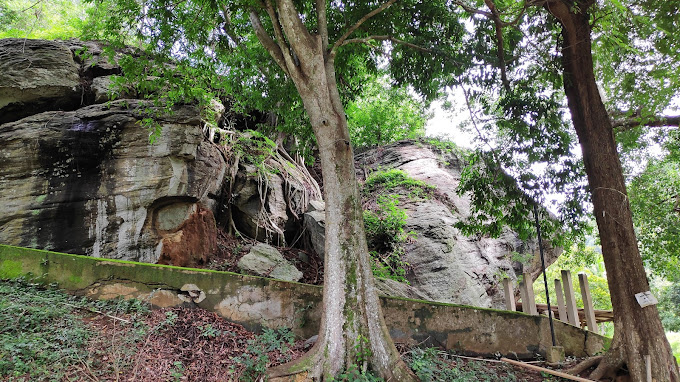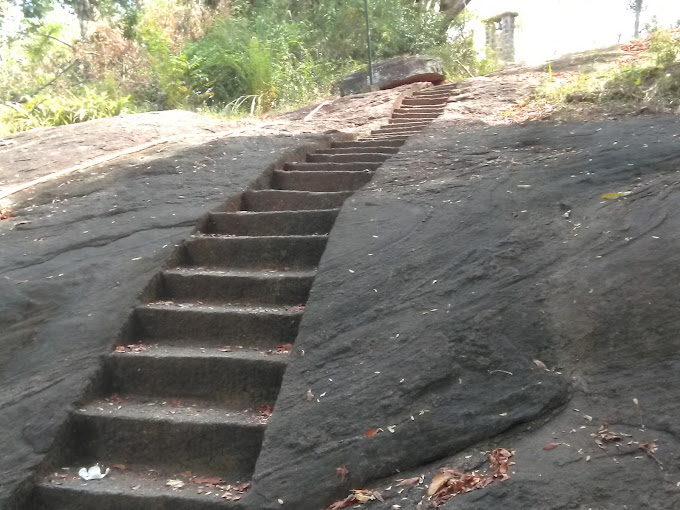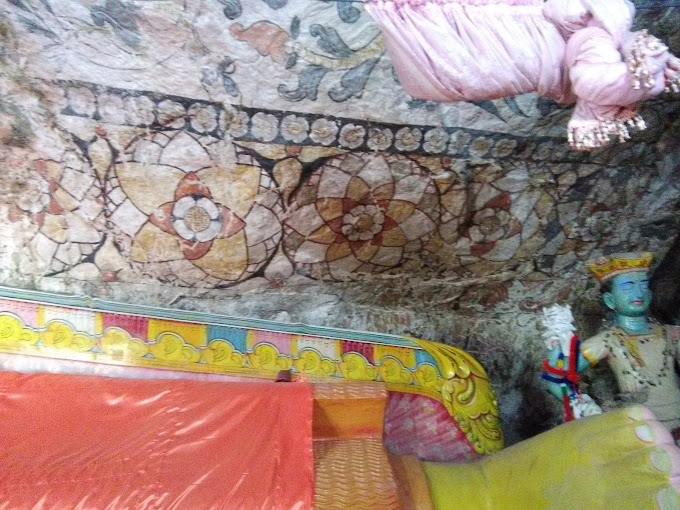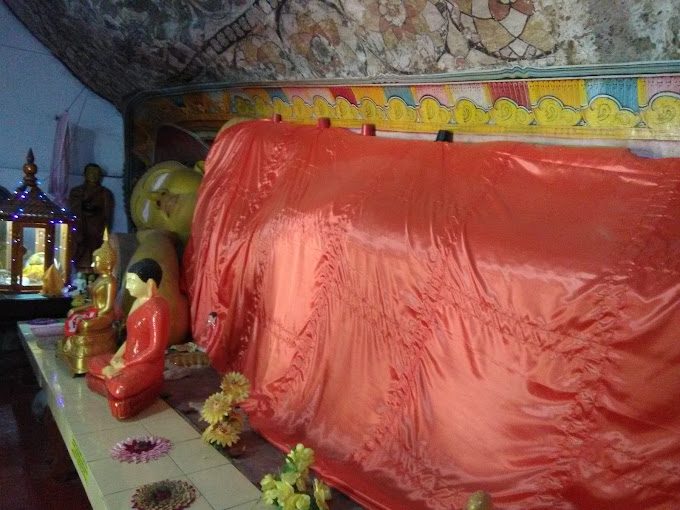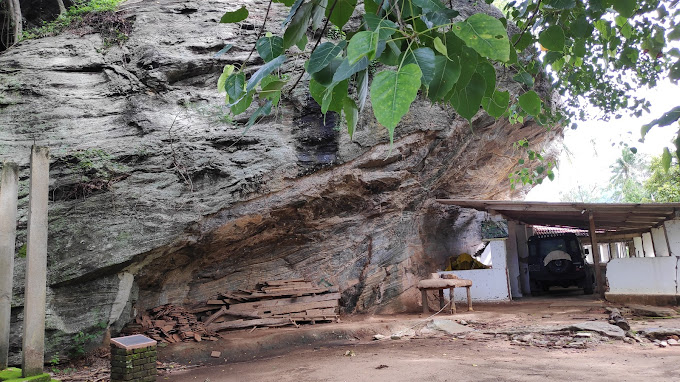The Katugaha Cave Temple is situated near the town of Buttala in the Monaragala District, which is in the southeastern region of Sri Lanka. The Katugaha Cave Temple has its roots in the ancient Anuradhapura Kingdom period, which spanned from approximately 377 BCE to 1017 CE. It is believed to have been established during the reign of King Devanampiya Tissa, a prominent Buddhist monarch who played a pivotal role in the spread of Buddhism in Sri Lanka. The Katugaha Cave Temple is renowned for its natural cave complex, which serves as the main shrine area of the temple. The caves are adorned with colorful murals, sculptures, and ancient inscriptions, providing a glimpse into the artistic and religious heritage of Sri Lanka.
Over the centuries, the temple received patronage from various rulers and nobles, contributing to its growth and development as a significant religious and cultural center in the region. The cave complex and surrounding structures underwent expansions, renovations, and embellishments by successive generations of devotees.
According to local folklore, the Katugaha Cave Temple is said to be protected by a guardian deity or "yaksha," who watches over the sacred site and ensures its safety and sanctity. Devotees believe in the divine presence of this guardian spirit, attributing miraculous occurrences and divine interventions to its protective influence. There are tales of spiritual encounters and mystical experiences reported by visitors and monks who have spent time in meditation and prayer within the cave complex. Some claim to have felt a profound sense of peace and enlightenment, while others speak of visions and insights gained during their spiritual practices.
The cave walls are adorned with ancient inscriptions, symbols, and artwork that tell stories of the temple's history and religious significance. These inscriptions, dating back to different historical periods, offer insights into the cultural and religious practices of the ancient inhabitants of Sri Lanka. Many devotees attribute miracles and blessings to their visits to the Katugaha Cave Temple, believing that prayers offered at the sacred site are answered by the benevolent forces of the universe. Stories of healing, protection, and divine intervention are shared among pilgrims, reinforcing the temple's reputation as a place of spiritual power and grace.
The Katugaha Cave Temple is not only a religious site but also a cultural landmark that reflects Sri Lanka's ancient Buddhist heritage and artistic legacy. It stands as a testament to the enduring legacy of Buddhism in the region and invites visitors to experience the spiritual and cultural richness of the island nation.
